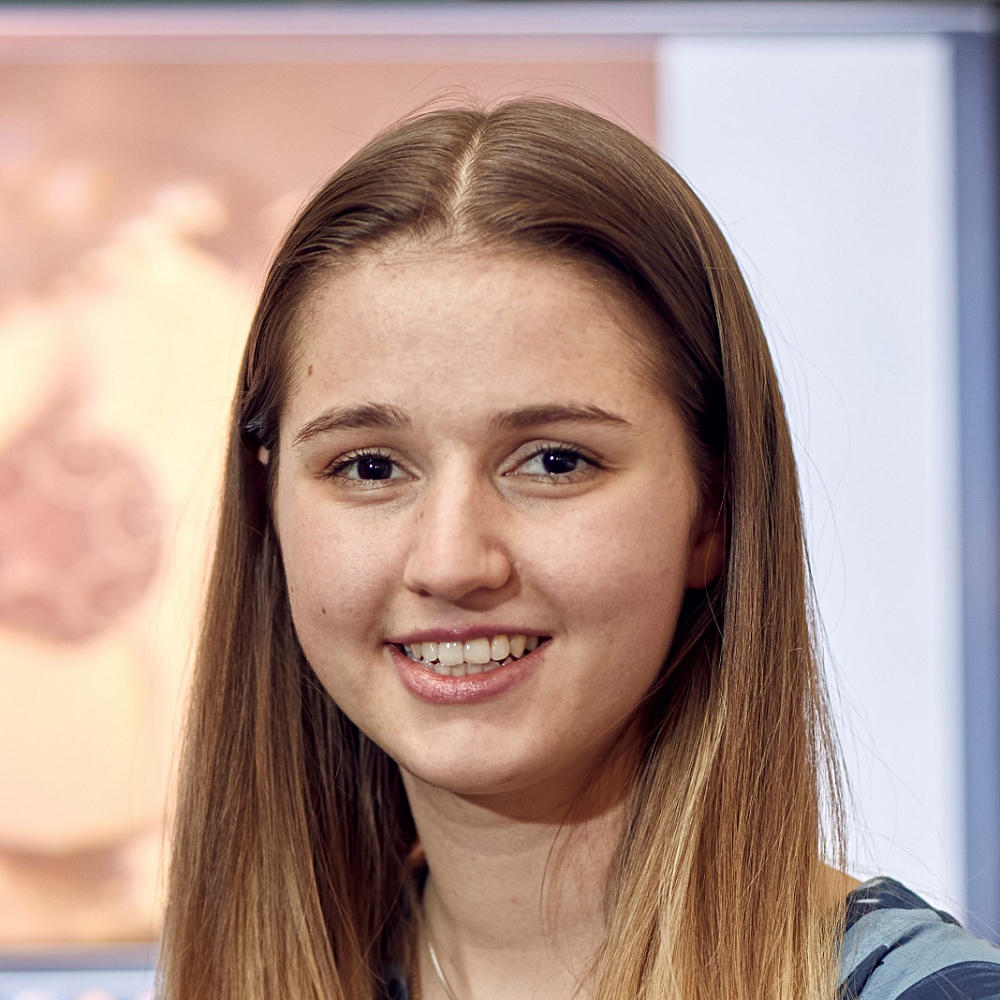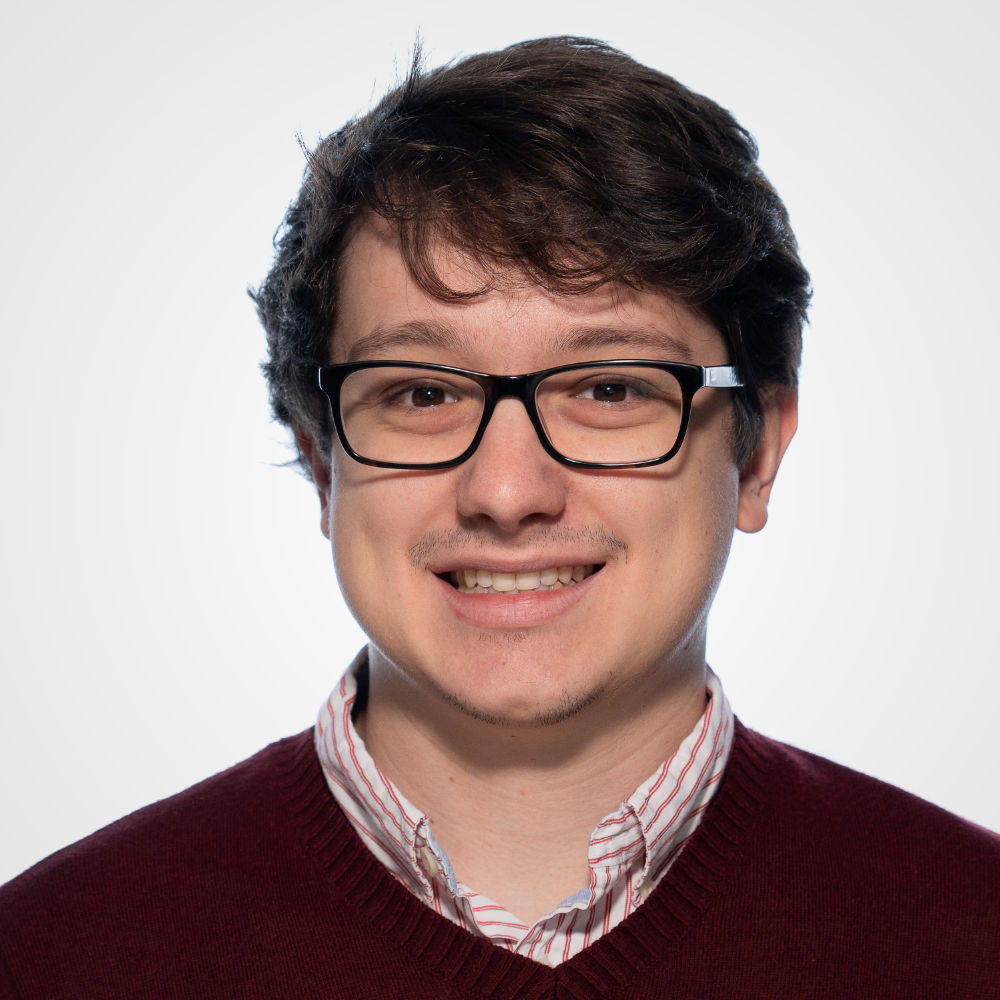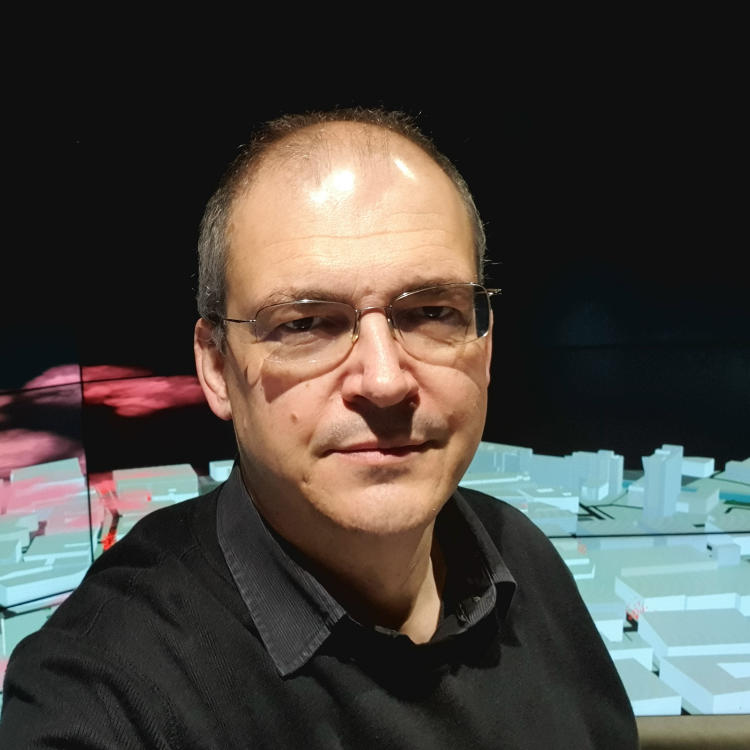John
Senior Manager, Future Business Systems, BT
Key qualifications: Degree in Computer Science and Physics, PhD in Artificial Intelligence
What does your job involve? I am in charge of a team of BT researchers looking into the future of digital business systems. In other words, how we can use IT to make more intelligent systems for businesses. Recently, for example, we have started to investigate cyber-physical systems - robots which can act independently to do jobs like pick fruit, deliver parcels and so on. The best thing about my job is working on cool technology with clever people!
How did you get into your current role? I joined BT after I finished my PhD in AI. Back then, the web was quite new and I worked on one of the first ever web search engines, a forerunner of Google. Later on, I started to lead a team of other people and I got interested in the Internet of Things - loads of sensors recording data and sending it to the Internet for analysis.
What did you want to be when you were younger? International Footballer
What do you do outside work? Outside of work, I like sports and music. I play tennis and go to the gym a lot. With music, I like Indie bands like The DMAs and also some rap (Bugzy Malone, for example). Fun fact: I once organised a free music festival in Colchester: the first year we got 800 people, by the third year it had grown to 10,000!













